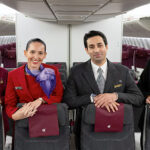
SECURITY: Screening at Australian Airports totally inconsistent
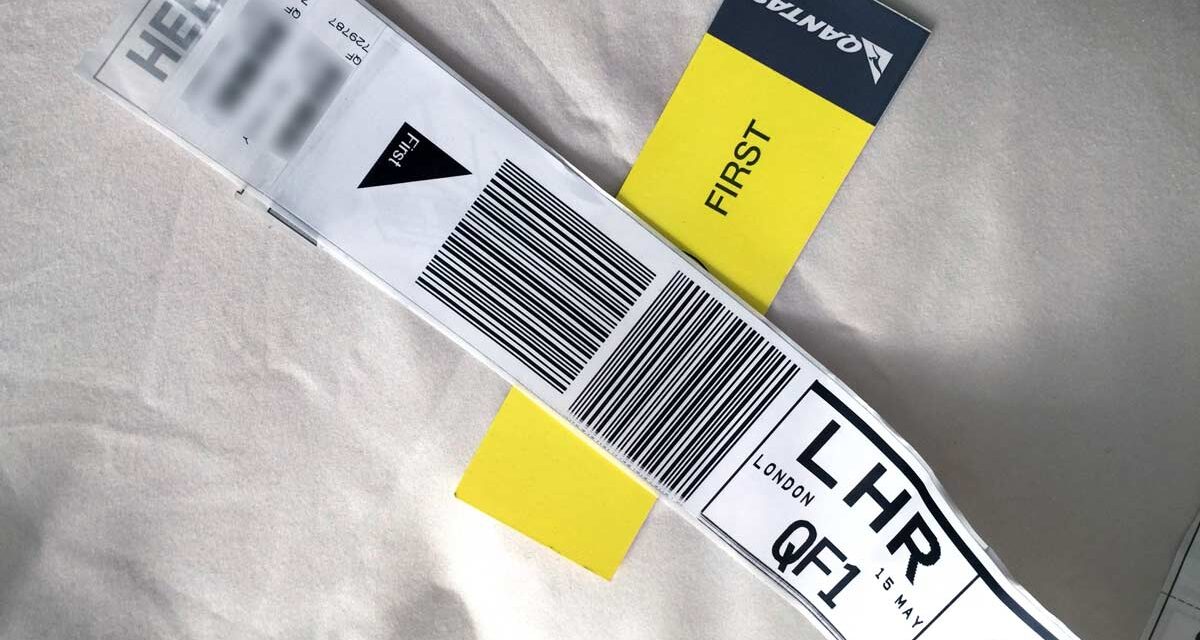
If you travel domestically around Australia, you will find security procedures totally inconsistent. Don’t start me on international travel!
If I am leaving through Qantas T3 in Sydney, then, I can leave my computer and devices in my bag for scanning, and it’s a lucky dip as to whether I will have to stand with legs apart, and arms wide, or swap to arms out for the new body scanners, or walk through the standard door frame.
If I’m travelling out of T2 in Sydney, so on a REX, Jetstar or Virgin flight, then amongst the chaos of security over there, I need to get all my electronics out of my luggage.
That sort of inconsistency is repeated across Australia. I’m all good in Melbourne for keeping my electronics in my luggage unless I travel out of Qantas T1.
If I am leaving Australia on an International flight, it’s just as scrappy and inconsistent. Travelling out of Sydney, get out those liquids and electronics. If leaving from Melbourne for international destinations, then leave them all packed. Mind you, international departure points are just as confusing, and are about to get more so.
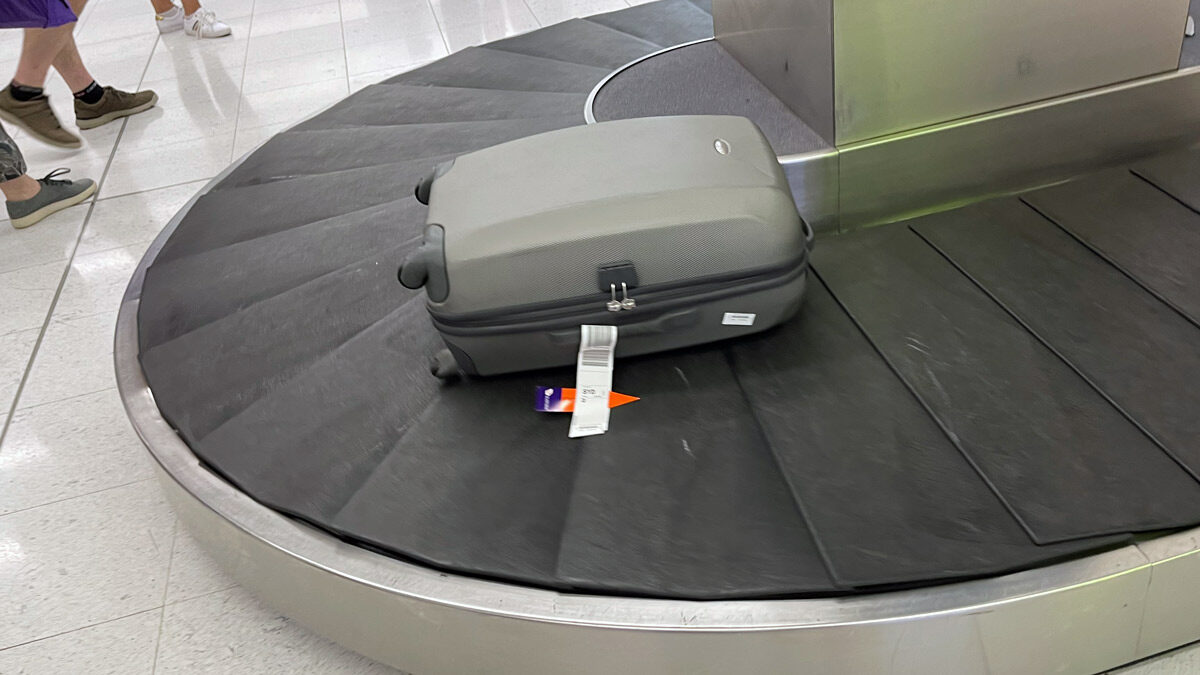
Content of this Post:
United Kingdom Airports security screening
With a deadline of June 2024, UK screening must be updated to 3D CT scanners. You can then pass through security with liquid containers up to two litres. Yes, I said Litres, not Millilitres. That’s the case at London City Airport, which has the new technology. Across other airports like Heathrow, Gatwick and Stanstead, scanners are inconsistent, so they still observe the 100-millilitre liquid container limit. Remember, it’s the size of the container, not the amount of liquid you have.
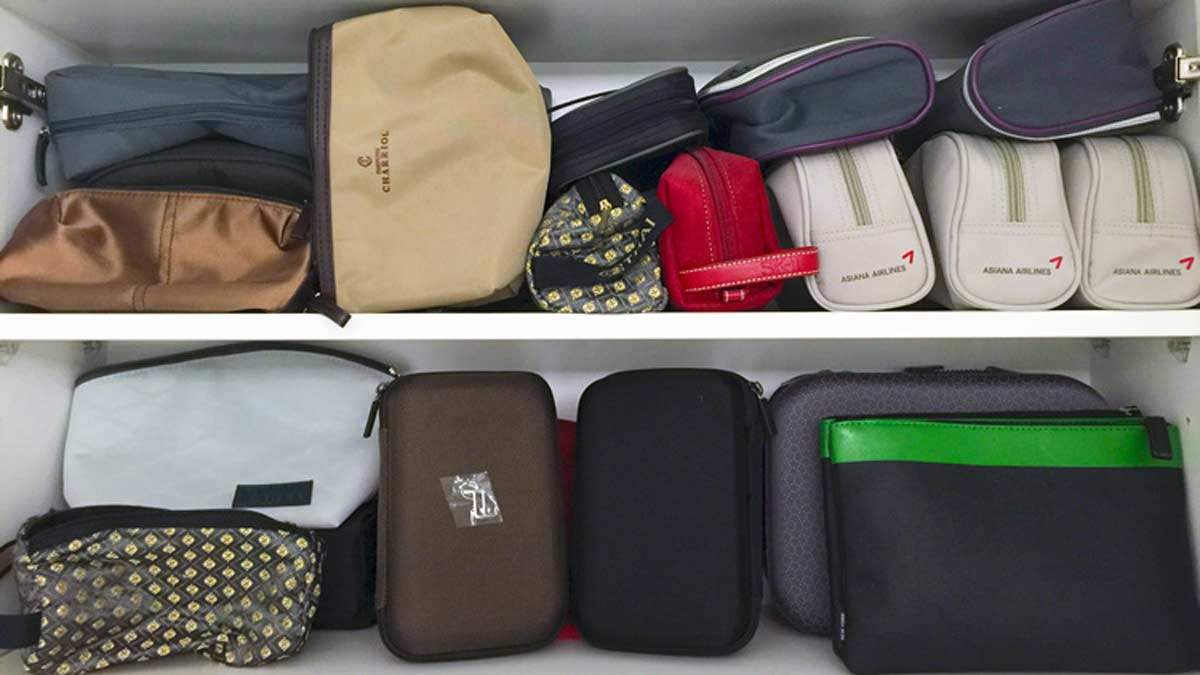
Australian airports security screening to be updated by 2025
The Australian Commonwealth Government has mandated that all capital city airports security screening be updated by the end of 2025 – more than two years away. By then, Brisbane, Melbourne, and Sydney will all have ‘computed tomography’ (CT) scanners, allowing liquids and digital devices to stay in your hand luggage.
Unlike the old machines, these CT or 3D scanners generate a three-dimensional image that inspectors can rotate, so inspect more closely to determine if the contents break any rules. That way, your gels, liquids and digital devices can be easily detected and remain in your carry-on.
These new devices are installed in Adelaide, Canberra, Darwin and Perth airports.
But, there are no current plans to increase the liquid container limit to 2 litres like in the UK. However, with more than two years to go, that could change.
![Auckland Airport on the way to International Departures [Schuetz/2PAXfly]](https://www.2paxfly.com/wp-content/uploads/2021/07/Q0AuK-int-departures-sign.jpg)
Overseas security screening
The UK is well on its way to installing the new technology, and the project should be completed by the government-mandated deadline of June 2024. Some European Airports, like Schiphol Airport in Amsterdam and Finland’s Helsinki Airport, have CT scanners, and there are some at USA airports, like New York’s Newark Airport’s brand spanking new Terminal A.
![Adelaide Airport just after Security [Schuetz/2PAXfly]](https://www.2paxfly.com/wp-content/uploads/2020/02/Adelaide-Airport-security-1024x576.jpg)
2PAXfly Takeout
In summary, it’s all over the place in Australia and overseas. But things should start to be more consistent by the end of 2025.
As I recently learned on a trip to the United Kingdom via Kuala Lumpur, Malaysia and Muscat, Oman, you must pay attention to the signage at the security checkpoint.
I’ve adopted a practice of continuing to store my liquids in 100 ml or under containers. I have them all in a clear plastic sealable bag at the top of my case for easy extraction at Security. I also continue to store all my electronic devices in an easily accessible place in my carry-on. The only question I like to deal with at security is whether I need to extract them.
Thanks to ET for some of this information


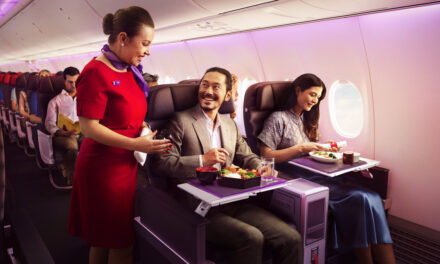


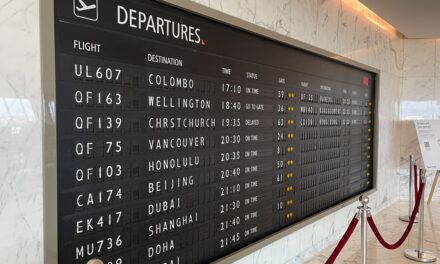
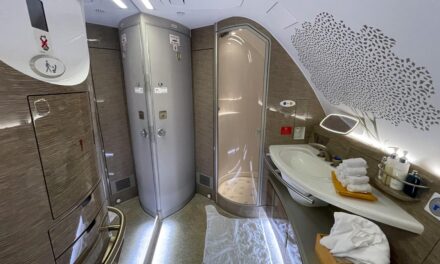
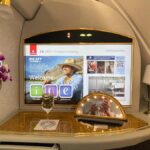
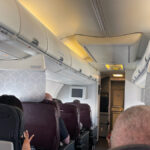



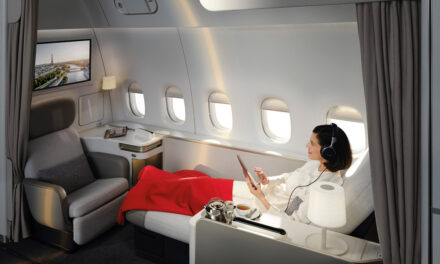
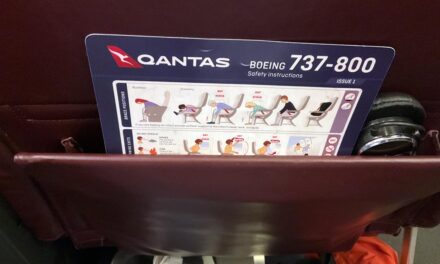


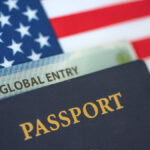
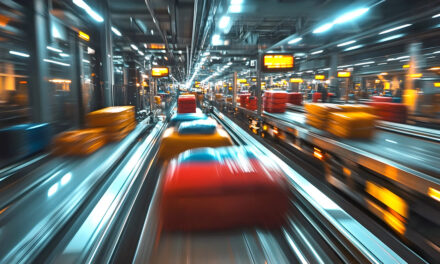
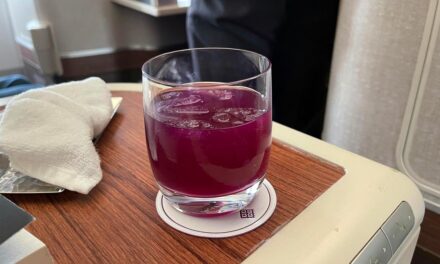
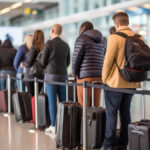
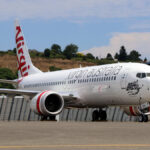

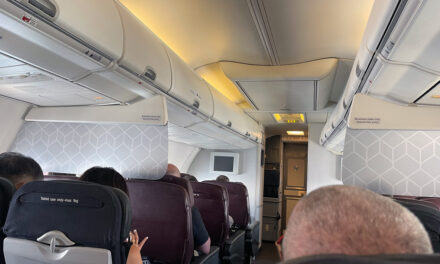



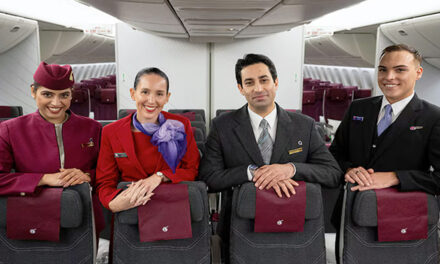







What did you say?